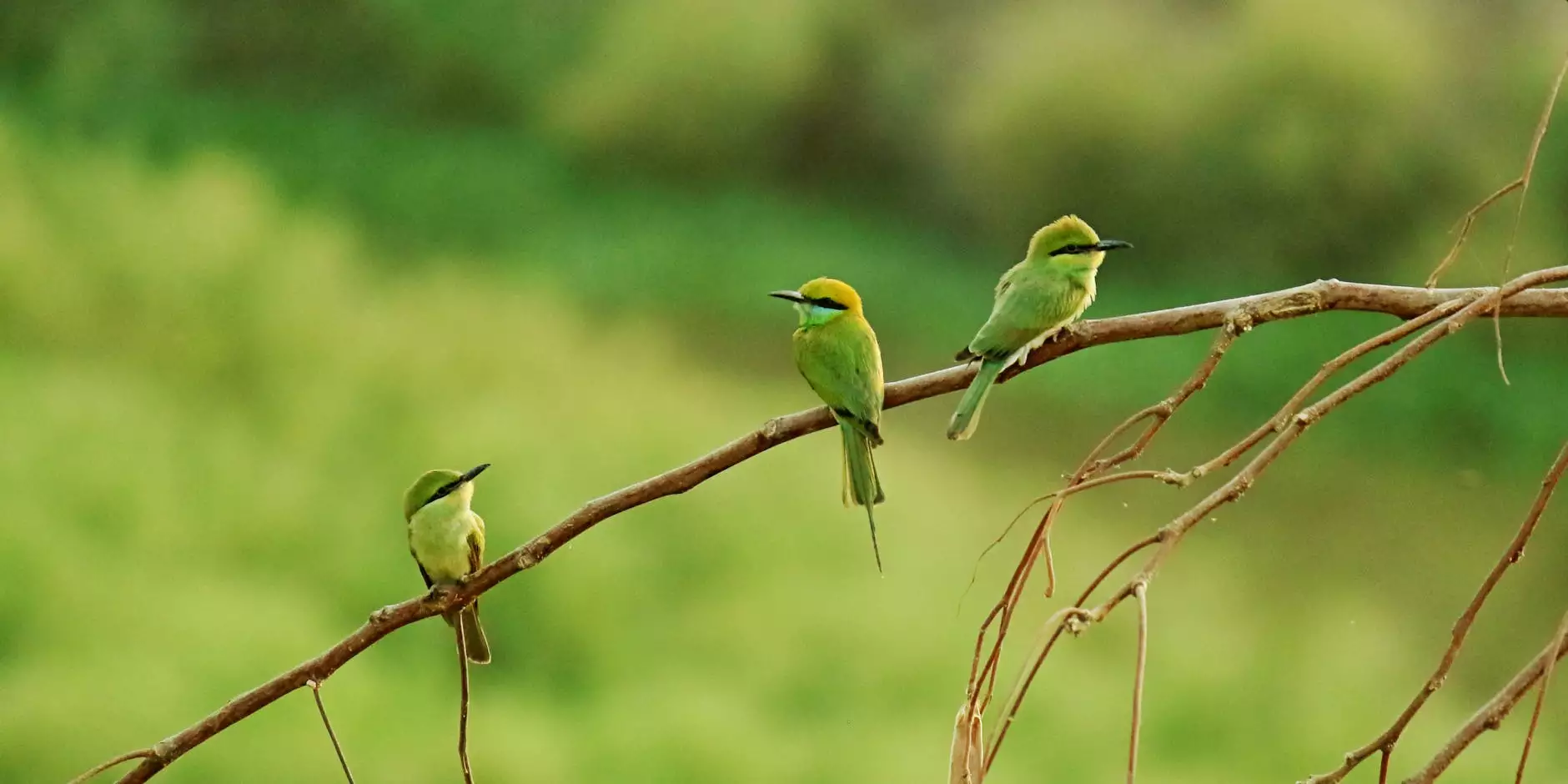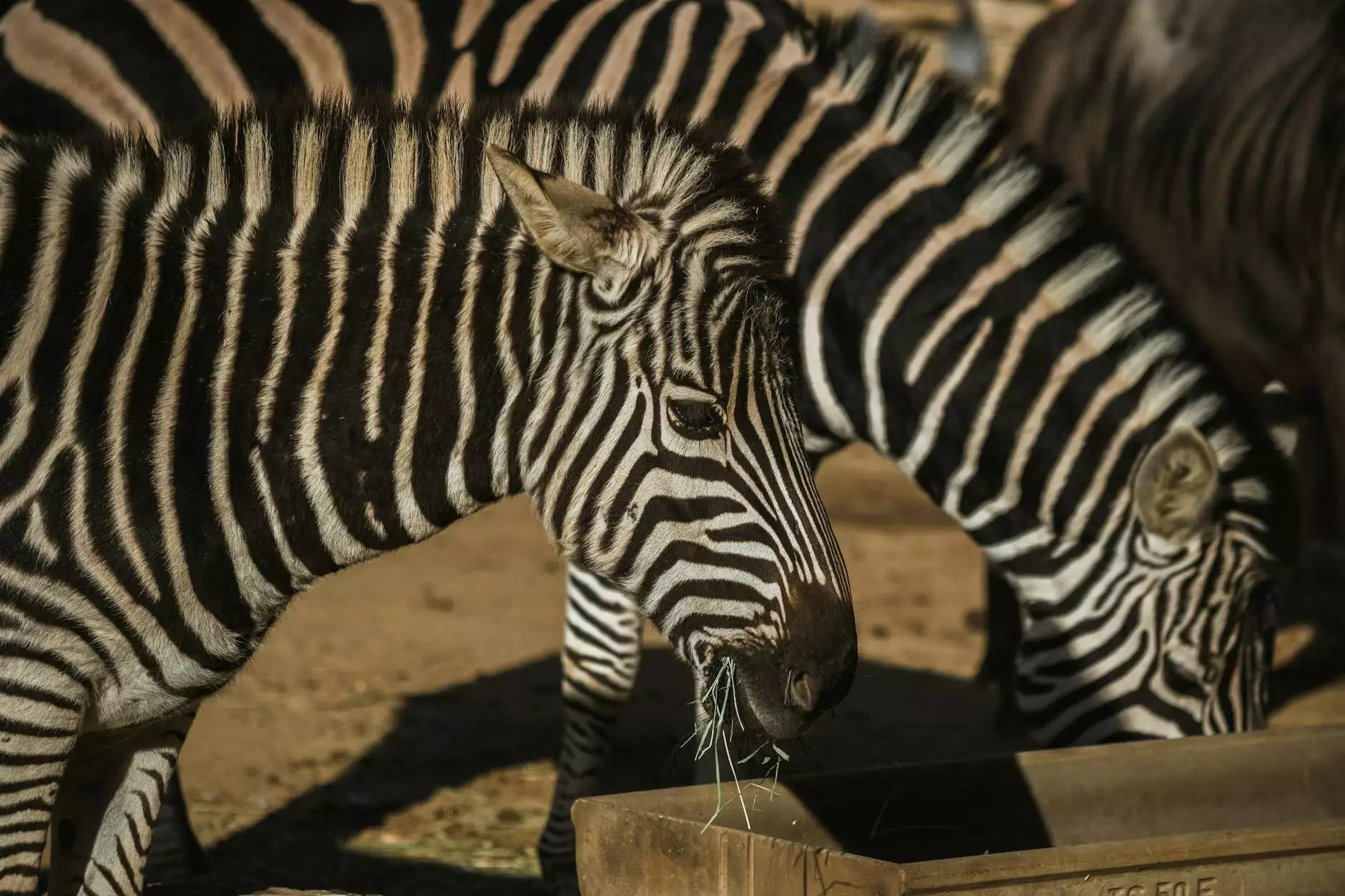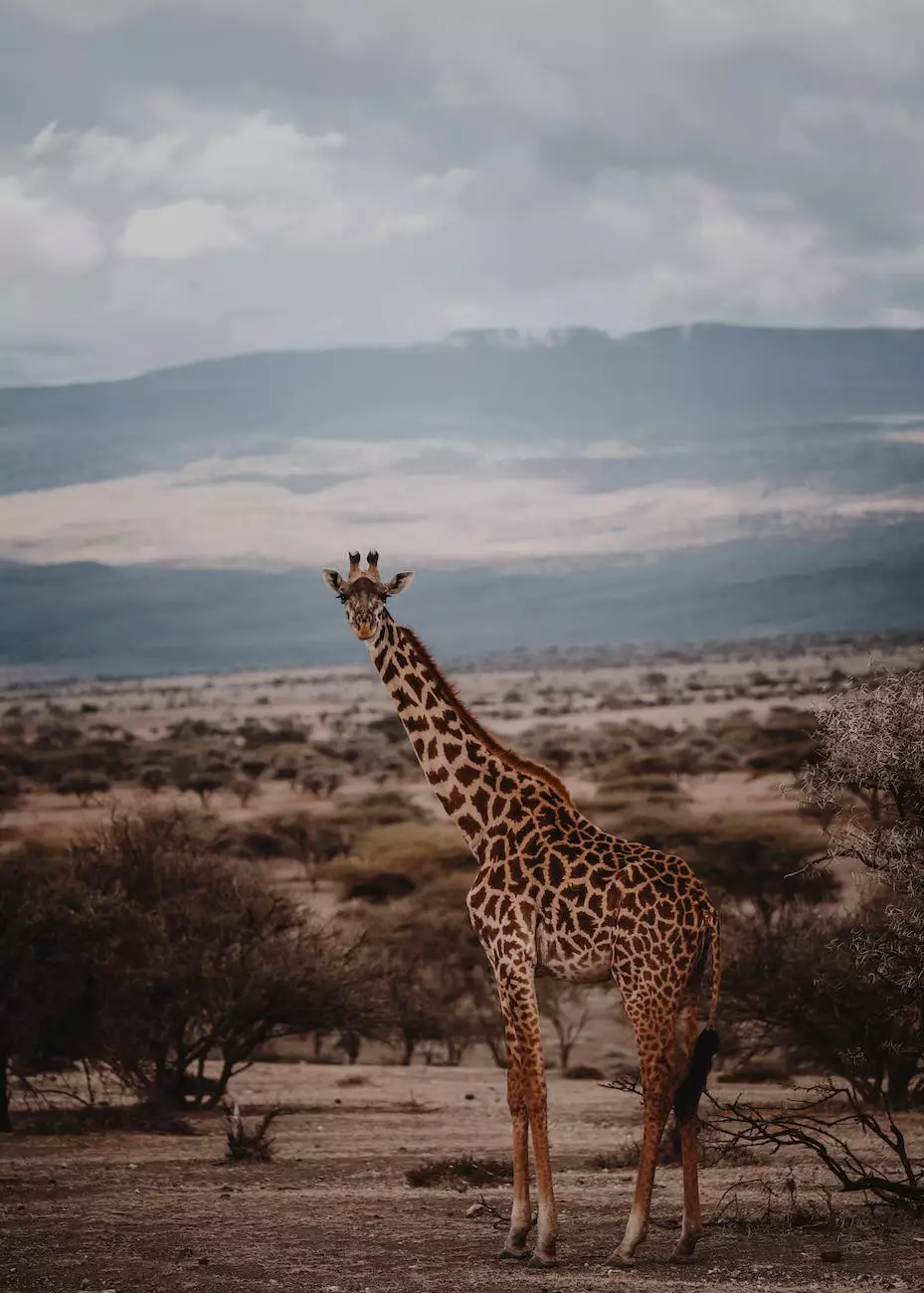What's the Difference Between an Alligator and a Crocodile?

Introduction
Welcome to Aventuras Naturales, your ultimate travel and tourism guide! In this article, we will explore the captivating world of alligators and crocodiles, two intriguing creatures that often pique the curiosity of nature enthusiasts and adventurers alike. Join us as we unravel the distinctions between alligators and crocodiles, shedding light on their fascinating characteristics, habitats, and behaviors.
Chapter 1: Origins and Species
Let's embark on a journey to understand the origin and species classification of alligators and crocodiles. While they may belong to the same reptilian order, Crocodylia, they are distinct in their taxonomy. Alligators are scientifically classified under the family Alligatoridae, while crocodiles fall under the family Crocodylidae.
Within the alligator family, there are two recognized species: the American alligator (Alligator mississippiensis) and the critically endangered Chinese alligator (Alligator sinensis). On the other hand, the crocodile family encompasses several species, including the notorious Nile crocodile (Crocodylus niloticus) and the formidable saltwater crocodile (Crocodylus porosus).
Chapter 2: Physical Features
Both alligators and crocodiles possess distinct physical features that set them apart from each other. Let's delve into the intricacies of their appearances.
Alligators
Alligators have a broad U-shaped snout, which is shorter and wider compared to the narrow and pointed snouts of crocodiles. Their teeth are concealed when their jaws are shut, with only the fourth tooth from the lower jaw visible.
Furthermore, alligators have a darker coloration, ranging from black to dark gray, making them well-suited for their freshwater habitats.
Crocodiles
Crocodiles, on the other hand, boast a distinctive V-shaped snout that is elongated and narrower than that of alligators. When their jaws are closed, the fourth tooth from both the upper and lower jaws is visible, interlocking like a puzzle.
Additionally, crocodiles tend to have lighter colors, often exhibiting shades of olive green or light brown, enabling them to camouflage effectively in their surroundings.
Chapter 3: Habitats and Distribution
The habitats and distribution of alligators and crocodiles vary, showcasing their adaptability to different environments. Let's explore where these magnificent creatures can be found around the world.
Alligators
Alligators primarily inhabit freshwater environments, such as rivers, lakes, swamps, and marshes. The American alligator is predominantly found in the southeastern United States, thriving in the wetlands of Florida, Louisiana, and Georgia. Despite their limited distribution, they have successfully adapted to various water bodies within their range.
The Chinese alligator, on the other hand, is native to the Yangtze River basin in China. Due to habitat loss and human activities, their population has drastically declined, rendering them critically endangered.
Crocodiles
Crocodiles exhibit greater versatility when it comes to their habitats. They can be found in both freshwater and saltwater ecosystems across the globe.
The Nile crocodile reigns supreme over a vast range, thriving in freshwater environments spanning from Africa's Nile Basin to sub-Saharan regions. Meanwhile, the saltwater crocodile boasts the title of being the largest living reptile, inhabiting the brackish waters and mangrove forests of Southeast Asia, Australia, and parts of the Indian subcontinent, including the Sundarbans.
Chapter 4: Behaviors and Feeding Habits
Understanding the behaviors and feeding habits of alligators and crocodiles is crucial to appreciating their unique characteristics. Let's take a closer look at their intriguing behaviors.
Alligators
Alligators are generally less aggressive than their crocodile counterparts. They are renowned for their bellowing vocalizations during mating season, utilizing these distinct calls to communicate and claim territories.
Alligators are primarily carnivorous, feasting on a diet consisting mainly of fish, turtles, birds, and small mammals. Their powerful jaws allow them to ambush their prey and exert immense force during feeding.
Crocodiles
Crocodiles are known for their notorious reputation, often presenting a greater level of aggression compared to alligators. They produce a range of vocalizations, including low-frequency rumbles and hissing calls, signifying various social interactions.
Feeding habits of crocodiles vary depending on the species and habitat, but they are formidable predators. They display remarkable hunting strategies and consume a diverse diet of fish, crustaceans, mammals, and occasionally even other reptiles.
Conclusion
In conclusion, the differences between alligators and crocodiles encompass various aspects, from their physical features and habitats to their behaviors and feeding habits.
At Aventuras Naturales, we believe that understanding and appreciating the uniqueness of these incredible creatures is essential for a richer travel and tourism experience. Unveiling the mysteries surrounding alligators and crocodiles provides a deeper connection to the natural wonders that surround us.
Join us on our next adventure, where we continue to explore the remarkable diversity of wildlife across the globe.










